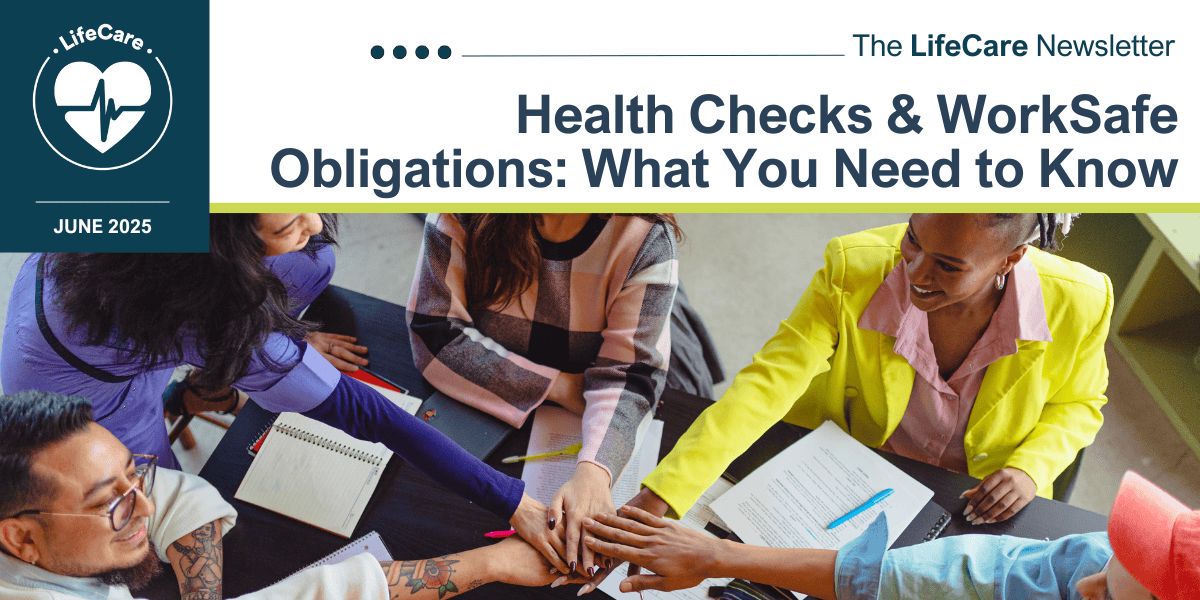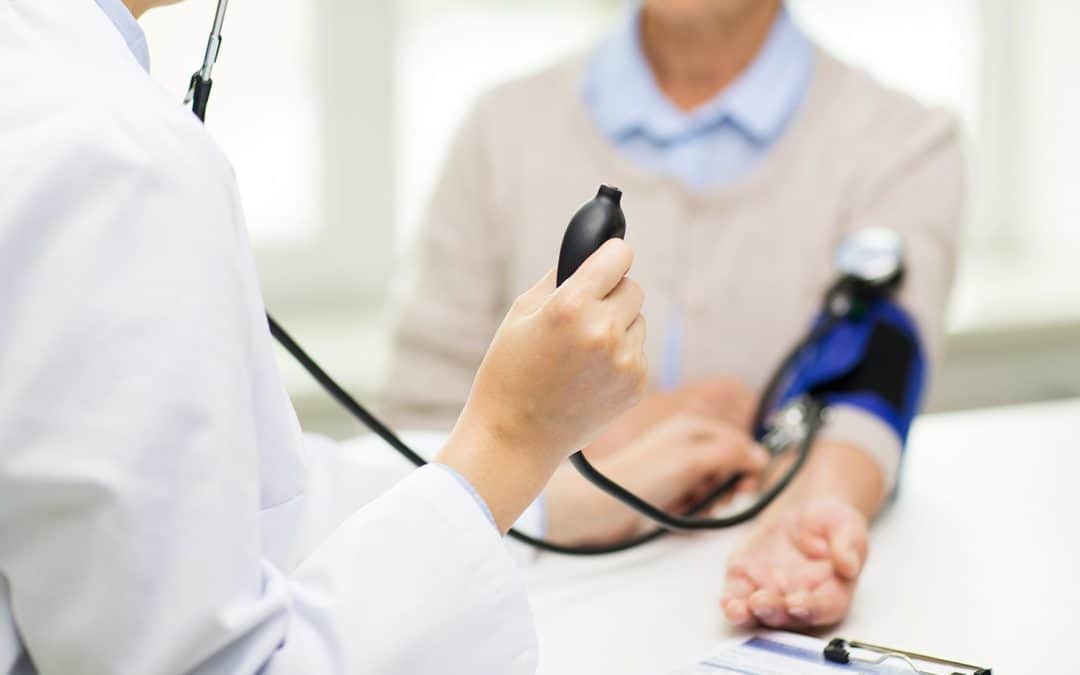
We’re now halfway through 2025, it’s the perfect opportunity for health and safety leaders to pause and review how your organisation is tracking against essential health monitoring obligations. With evolving workplace risks and increasing regulatory expectations, now is the time to ensure your business remains compliant and your team protected.
Why Health Monitoring Matters
Under the Health and Safety at Work Act 2015 (HSWA) and the Health and Safety at Work (General Risk and Workplace Management) Regulations 2016, businesses are required to actively monitor the health of workers exposed to risks that may cause harm over time. This includes hazards such as:
- Excessive noise
- Dust and chemical exposure
- Vibration
- Repetitive movements and heavy lifting
Even if your controls are strong, health monitoring offers crucial evidence that they’re working. It also identifies early warning signs before they escalate into serious health conditions.
Understanding Your Legal Duties
PCBUs (Persons Conducting a Business or Undertaking) must protect the health and safety of workers where risks are present. Health monitoring is not optional—it’s a legal obligation when hazards cannot be eliminated and are instead controlled through PPE or engineering measures.
Regular health checks can:
- Verify the effectiveness of control measures
- Detect emerging health issues early
- Foster a culture of proactive safety
Building a Practical Monitoring Programme
Step 1: Risk Assessment: Start by identifying the health risks in your workplace. Review job tasks, machinery, chemicals, noise levels, and ergonomic hazards. Use a risk matrix to determine the likelihood and severity of harm.
Step 2: Consult Your Workforce: Engaging workers helps ensure transparency and trust. Involve your health and safety reps to gather feedback and identify concerns early.
Step 3: Choose Qualified Providers: Partner with a provider like LifeCare that understands local regulations and can tailor health services to your industry. We employ both Occupational Health Nurses and Allied Health Practitioners across New Zealand.
Step 4: Define the Right Checks: Health monitoring may include:
- Audiometry (hearing tests)
- Spirometry (lung function)
- Vision screening
- Functional capacity assessments
- Blood pressure and fatigue monitoring
- Hand-arm vibration assessment
Step 5: Secure Record-Keeping: Store employee health records confidentially in line with the Privacy Act 2020. Our Health Hub platform gives you access to secure, real-time reporting and national benchmarking.
Step 6: Respond and Review: If issues arise, update your control measures, processes, or job tasks. Share anonymised trends to encourage employee engagement and continuous improvement.
Emerging Trends & Additional Considerations
Musculoskeletal Disorders (MSDs) remain one of New Zealand’s top causes of work-related ill health. LifeCare supports organisations with Functional Capacity Assessments (FCAs) that measure physical fitness and job readiness—ideal for preventing strain and improving productivity.
Exit Medicals are another critical but often overlooked component. Conducting health checks when employees leave helps:
- Create a record that protects against future claims
- Inform staff of health issues that may need follow-up
ACC Audits: For businesses in ACC’s Accredited Employers Programme (AEP), health monitoring evidence is a core audit requirement. Employers must demonstrate risk assessments, regular health checks, early intervention, and well-maintained records.
How LifeCare Can Help
If your organisation is unsure where to start, you’re not alone. LifeCare is more than a service provider—we’re a partner in protecting your people. We offer:
- Customised monitoring programmes
- On-site and mobile clinics nationwide
- Expert clinical governance
- Fast, confidential digital reporting
Take the Next Step
Your mid-year check-in is the perfect time to align your workplace health monitoring with regulatory and ethical standards.
Explore our full newsletter and share it with your colleagues—it’s an essential read for every Health & Safety or HR leader committed to creating safer workplaces in 2025.


